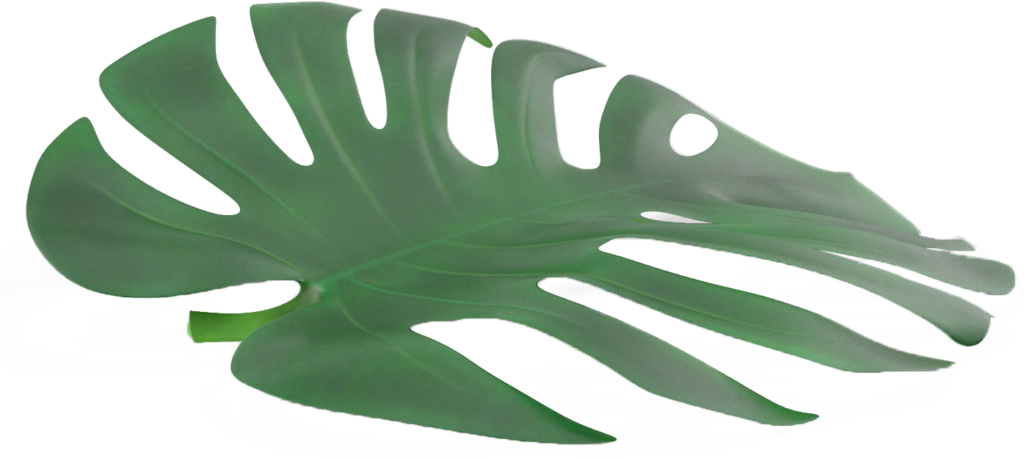Varicose Vein Treatment with Endovenous Laser Ablation

At Fox Vein & Laser Experts, we offer the latest and most advanced vein removal therapies on the vascular market, including endovenous laser ablation to help treat large varicose veins and venous insufficiency. This procedure creates real results with no downtime and is preferred by vein experts across the country.
What is
Endovenous Laser Ablation?
One of the most effective treatments for large varicose veins with a success rate of 98 -100 percent, endovenous laser ablation involves inserting a very thin laser fiber through the affected vein via a tiny incision that typically leaves no scar and requires no sutures. Small pulses of laser energy are delivered as the fiber is pulled through the vein, gently heating it and causing it to collapse and seal shut.
During the treatment process, the blood from these veins is redirected and the veins become shrunken scars that fade over time. This treatment is fast and can often be performed in 30 minutes or less, making it an ideal procedure for a busy schedule.
Request an Appointment
Am I a Good Candidate for
Endovenous Laser Ablation?
This procedure is ideal for greater and smaller saphenous veins and their related veins, but not all types of varicose veins qualify. Dr. Adam Gropper and his medical team at Fox Vein & Laser Experts will first thoroughly assess and evaluate your individual condition to help you determine if endovenous laser ablation is the best course of treatment for you. If you qualify for treatment, you will be given instructions on how to prepare for your procedure as well as what you can expect.
What is the
Recovery Time?
This simple procedure typically requires no downtime, allowing most patients to return to normal activities immediately afterward. A light regimen of daily walking may be recommended in order to promote good circulation in the legs as the body works to remove the veins and to prevent clotting.
Treating deeper underlying veins can often significantly reduce the risk of developing superficial veins, but if further venous deficiencies occur in the future, treatment can be repeated.
Located in Fort Lauderdale, Fox Vein & Laser Experts is led by vein and vascular expert Dr. Adam Gropper. Contact us today to schedule a consultation and find out if you are a candidate for Varithena or endovenous laser ablation.
Request a Consultation
Patient
Testimonials


FAQ's Related to
Endovenous Laser Ablation Therapy
What is Endovenous laser ablation?
Endovenous laser ablation is a vein treatment that uses laser energy to treat varicose veins and venous insufficiency. It is one of the least invasive procedures with one of the highest success rates and absolutely no downtime.
Who should consider Endovenous laser ablation?
Those who are experiencing symptoms because of varicose veins may be good candidates for endovenous laser ablation. These symptoms include swelling or inflammation, excess itching, aches and pains, bleeding, discoloration, burning sensation, cramps, restless leg syndrome, feelings of heaviness or fibrosis. Not everyone with varicose veins experiences symptoms, and choose to get endovenous laser ablation for cosmetic reasons.
Does Endovenous laser ablation work?
With a success rate of 98-100%, endovenous laser ablation is one of the most effective treatments for varicose veins.
How does Endovenous laser ablation work?
Endovenous vein ablation is a quick procedure that usually takes no more than an hour to perform. Ultrasound guidance can be used if the damaged vein is deep in the body. A small laser fiber is inserted directly into the affected vein through a very tiny incision made in the skin. This incision is small enough that it does not require surgery or stitches. Once inserted, the laser heats up the vein, causing it to collapse and seal shut, which causes blood to reroute to healthy veins. The treated vein will eventually be absorbed by the body and fade away, and new tissue will grow in its place.
What happens after Endovenous laser ablation?
Following the procedure, it is advised to wear compression socks to aid in the recovery process by promoting healthy blood flow and circulation and preventing blood clots from forming. Compression socks can also help to prevent future varicose veins from forming. Your vein doctor will give you further instructions about cleaning and caring for the incision site. If you experience any kind of inflammation, pain or bruising in the treated area, try icing the area for 10 minutes at a time over a couple of days. If pain and/or swelling persists, alert your vein doctor so they can determine if prescribed medication is needed.
Is Endovenous Laser Ablation Safe?
Endovenous laser ablation is generally safe for most people, but your vein doctor will perform a full health consultation prior to performing the treatment to determine if you are the right candidate.
How long does Endovenous vein ablation take to heal?
The incision site may take a couple of weeks to heal completely, but you will likely be able to go back to work and your regular schedule after two or three days.
How long do you have to stay off your feet after Endovenous laser ablation?
During the two- or three-week time period that the incision site is healing, patients are encouraged to avoid any kind of strenuous activities including weightlifting, jumping or running. Instead, adopt a light daily walking regimen, wear compression stockings to help circulation, and keep legs elevated whenever sitting down. Patients should also avoid sitting, standing, or laying down for extended periods of time.
